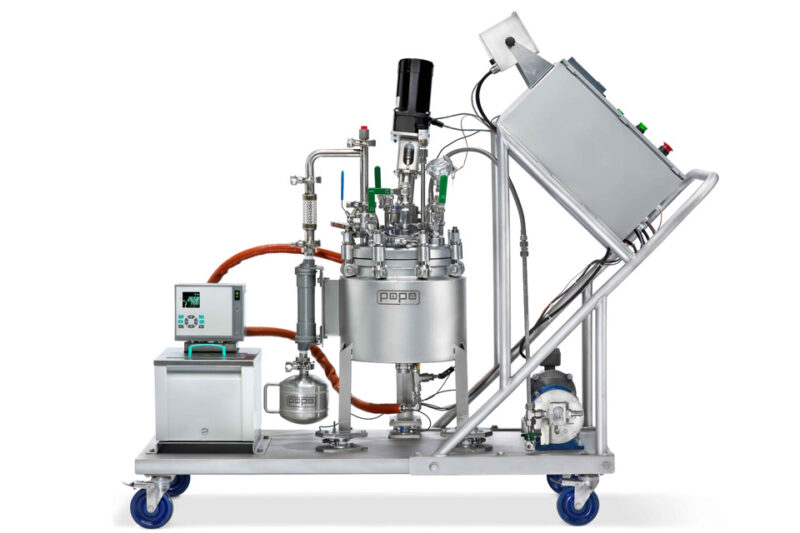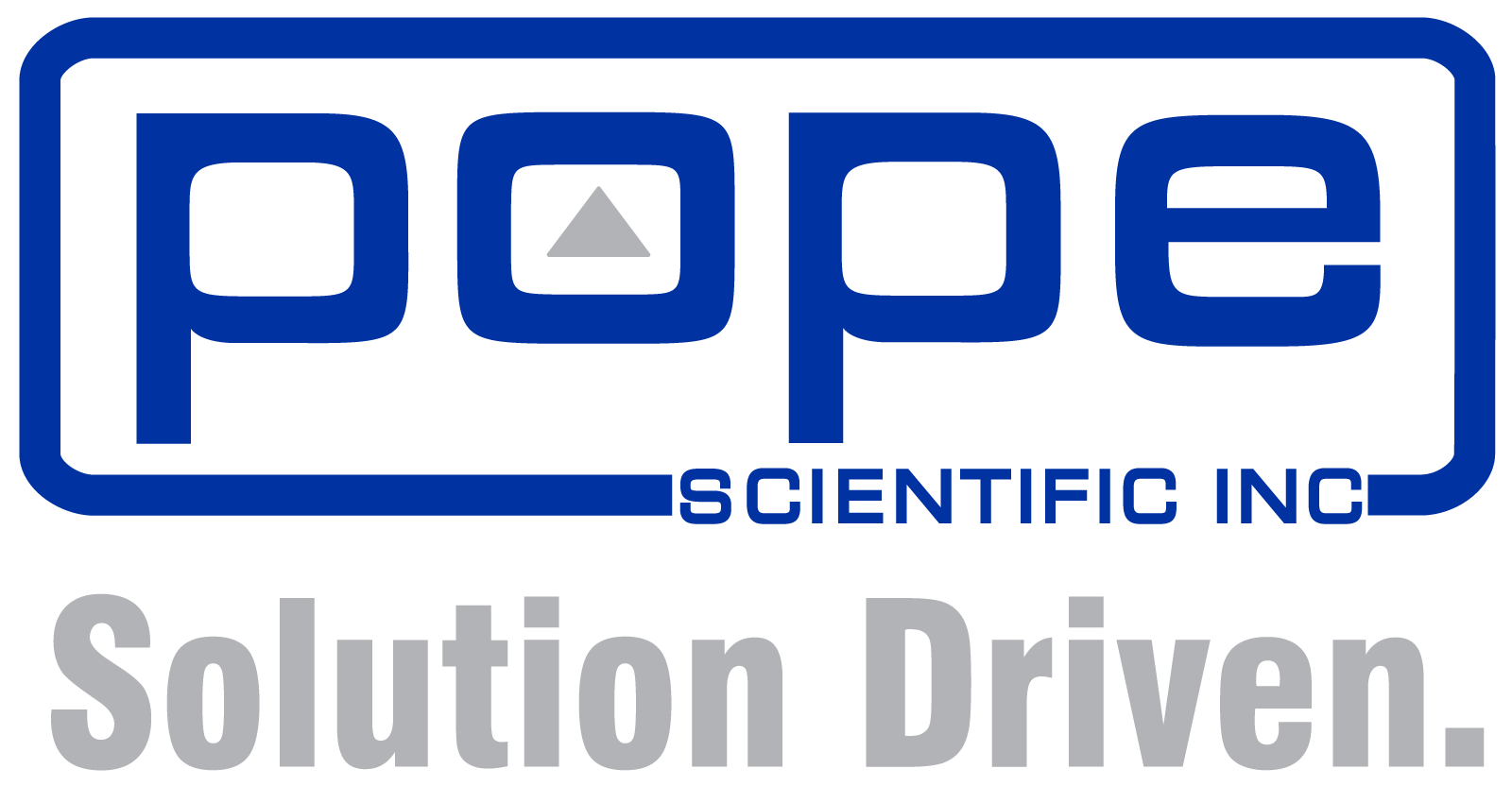Post-Extraction Cannabinoid Decarboxylation and Its Relationship To Solvent Removal
Introduction to Cannabinoid Decarboxylation
During the course of post-extraction cannabinoid processing, one of the steps normally (though not always) carried out is the conversion of the non-active acid form of the cannabinoid(s) to the active form, prior to final product completion. This is accomplished utilizing a chemical reaction named decarboxylation, (“decarbing” for short). The reaction can be performed at a choice of two different stages in the processing sequence; either with the biomass prior to extraction or else with the liquid form after extraction. In either case, the reaction is driven by heating to increased temperatures (normally between 110° and 150°C) for a specified amount of time (normally between 0.5 and 3 hours), though some operators use more extreme parameters. The reasons for choosing between the pre-extraction and post-extraction methods and the specific parameters used are various and depend on the processor’s feedstock and product goals. Post-extraction decarbing is more common and is the method covered here.
The Reaction & Efficiency
The reaction takes place at a position on the cannabinoid molecule containing a carboxyl group (-COOH). Heat induces substituting the carboxy group by the single hydrogen atom (-H). In the process, the carbon and the two oxygen atoms break away from the cannabinoid as carbon dioxide (CO2) in gas form. For the  case of post-extraction decarbing, one of the most efficient known methods is to have a batch of liquid extract contained within a stainless steel reaction vessel which is heated under vacuum conditions and rapidly stirred.
case of post-extraction decarbing, one of the most efficient known methods is to have a batch of liquid extract contained within a stainless steel reaction vessel which is heated under vacuum conditions and rapidly stirred.
The purpose of agitation is three-fold:
- Agitation helps transfer and distribute the heat required for reaction rapidly, from the vessel walls to the liquid.
- Agitation enables the released CO2 to better dissipate out of the liquid and into the vapor space, which is under vacuum, helping the reaction to “go to the right” and be conducted efficiently.
- Agitation makes other gases and evaporating solvents efficiently escape from the liquid to the upper space for removal from the vessel.
CO2 and Ethanol Dissipation
In the majority of cases, the non-active extract will also contain some amount of solvent ethanol, usually as a result of either solvent extraction and/or winterization with chilled ethanol and filtering for wax elimination. After those steps, the bulk removal of the ethanol will have been carried out typically with rotary evaporators for smaller scale or with falling film evaporators in larger-scale operations. However, in many cases, the ethanol is not sufficiently removed to the levels achieved with more careful processing. Often, a decision is made to remove the remainder during the decarbing process since it will conveniently be under raised temperature and vacuum. Thus, the decarbing apparatus serves double duty as a reactor and as an evaporator, discharging both CO2 and ethanol. However, it is possible, and fairly common, to leave “too much” ethanol in the extract prior to decarbing, resulting in lingering ethanol in the extract, even with a successful decarbing cannabinoid conversion. This occurs due to weak hydrogen bonding of alcohols to organic compounds such as cannabinoids, effectively increasing the alcohol’s boiling point. Too much ethanol remaining in the distillation feed batch can impact the effectiveness of terpenes removal in the 1st distillation pass, with a spillover effect impacting the cannabinoid distillation in the 2nd pass, resulting in a product of lesser quality and yield.
A Turnkey Approach
Pope Scientific provides decarboxylation reaction equipment and complete turnkey systems designed for optimal processing of any required size range to the cannabinoid industry. A complete system includes a jacketed 316L stainless steel reaction vessel with ASME vacuum and pressure rating and food or pharma grade finish, a matching agitator, a heating circulator, condenser, dry running vacuum pump, and instrumentation. Controls can range from simple manual type to automated PLC stations with advanced data handling, depending on the customer’s budget and preferences. All parameters and sequences can be preprogrammed, including an increasing vacuum level during the process, reaching better than 0.5 torr near the end for better subsequent distillation processing. Options include portability and XP Div. 1 or 2 ratings. For increased convenience, the decarbing vessel can be made portable to double as a feed vessel for a Pope Wiped-film Molecular Still.
Optimizing Evaporation Beforehand
It is mentioned above that rotary evaporators and falling film evaporators often do not completely remove ethanol to ideal levels, (<0.1%). Pope can provide guidance for dealing with these problems. For various reasons, it is not possible to effectively decrease solvent from high levels to very low levels, (e.g., from 80% to 0.1%) in continuous mode evaporators in a single pass. Pope offers multistage evaporation systems incorporating either a falling film evaporator or a wiped film evaporator for the first stage and a smaller wiped film evaporator for the second stage. This equipment is available in fully turnkey integrated and automated skid-mounted systems.
Contact Pope today or request a quote to discuss your current or future decarboxylation and evaporation equipment requirements.

Post-Extraction Cannabinoid Decarboxylation and Its Relationship To Solvent Removal